Dennis Johnson: How I Preach
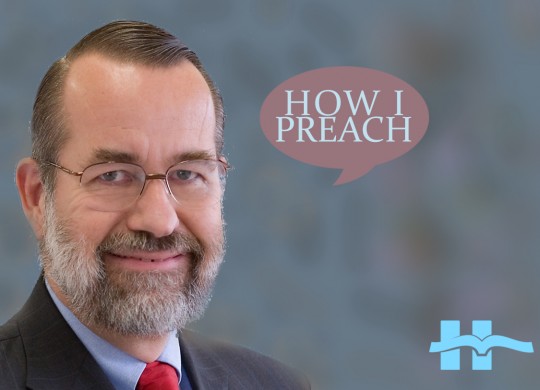
Dennis Johnson: And this is How I Preach …
[Dennis is a scholar, and a thoughtful one at that. On matters relating to centering sermons on Christ, he comes from a venerable Reformed tradition. He has been teaching practical theology in Westminster on the West Coast and is a teaching elder in the Presbyterian Church of America. We shared a podium at last year’s Annual Meeting of the Evangelical Theological Society and I felt his perspective on preaching related matters was worth blogging about. So here’s Dennis ….]
Dennis E. Johnson
Professor of Practical Theology, Westminster Theological Seminary, Escondido, California
Associate Pastor, New Life Presbyterian Church, Escondido, California
Current gig (preaching, teaching, etc.) and years at it:
Teaching at Westminster for 33 years.
Pulpit filling at New Life and elsewhere.
Pastorates in the east and west coast (Orthodox Presbyterian) for about a decade prior.
Who or what made you want to preach:
My pastor during my high school years, Rev. Tom Erickson.
Printed sermons of Peter Marshall, chaplain, US Senate.
Through them I tasted the mind-opening, life-changing power of the preached Word.
Who are you most indebted to for making you the preacher you are (besides God)?
Edmund Clowney, prof at Westminster.
He taught me and other students how preaching Christ and his redemptive grace from all the Scriptures is absolutely life-transforming.
Most used English Bible version:
The version most familiar to the congregation.
Typically from the English Standard Version.
Use of Greek and Hebrew (light/moderate/heavy)?
Heavy in Greek.
Most of my preaching has been from New Testament books; so I always begin by exegeting the Greek text. I do the same from the Hebrew when preparing to expound an Old Testament passage—though it takes me much longer!
Software/hardware that you use for preaching prep?
BibleWorks.
What tools/aids for sermon prep can’t you live without?
Hebrew and Greek lexicons, concordances, Bibles with wisely selected cross-references (sensitive to verbal and conceptual parallels that link the Scriptures together).
What does your workspace look like when you are prepping?
It’s a mess.
Greek or Hebrew Bible open on a bookstand; lexicon and/or concordance handy; BibleWorks; several commentaries with the location of the text marked by bookmarks or opened face-down on the desk; sheets of notebook paper. (Although I’m sure there is some way to make the computer do more, I still take exegetical notes on words, grammar, cross-references, etc., with pen and paper.)
Illustrations: Where do you go for them and how do you store them?
From all over—personal and family experience, contemporary news and entertainment/media “buzz,” novels and even poems that have touched me (my undergrad major was English literature). But not from books of sermon illustrations.
I’ve given up trying to implement a system for storing illustrations.
I find that as I’m mentally and spiritually processing a text for some weeks in preparation for preaching it, I just notice things or have things come to mind that seem to fit and serve an illustration’s purpose—not to grab attention for itself but rather to serve the message of the text, helping hearers sense the Word’s power with clarity and vividness.
Tell us your sermon-prep routine.
Pray for the Holy Spirit’s illumination—what the text means, how I need its message, how my congregation needs its message.
Read the text in English to get a sense of its literary context and theological themes elsewhere in the book, as well as the life-context of the original recipients.
Exegete the text from the original Greek or Hebrew, noting distinctive words or grammatical constructions that merit deeper attention.
Consult cross references.
Then I try to discern the text’s more comprehensive theological and pastoral trajectory.
I also try to discipline myself to pause for periods of meditation or “marination,” when I step back: to consider where this text falls in the wider panorama of the Bible and redemptive history: to discern how the message of the text connects what God has done for us in Christ with the response of faith and obedience that his grace should evoke in our hearts. If the focus of the text is on God’s gracious initiative, I need to consider how my hearers and I should respond to the gospel. If the text expresses our obligations, I need to bring into view the prior work of Christ—offering flawless obedience, enduring our covenant curse, triumphing in resurrection—so I don’t fall into the trap of moralism, imposing duties on my hearers without pointing them to the love of God in Christ that ignites our love and so motivates obedience by gratitude rather than guilt.
I attempt a “flow-of-thought” outline of the message of the text.
Consult several commentaries.
Revise the “flow-of-thought” outline, then rework it into a preaching outline.
Through the whole process, I try to stay alert to possible illustrations, to hearers’ objections or misunderstandings, and to the spiritual needs of Christians and non-Christians.
More prayer.
Produce the extended preaching outline, ideally in time to set it aside for a couple of days, before a final revision.
Review the extended outline, pray, review/practice out loud, pray, practice, … preach it.
[Appendix A in my Him We Proclaim, has a longer version of this scheme.]
Average numbers of prep hours per sermon?
10–15 hours for a passage from the New Testament; 15–25 hours for one from the Old.
What’s your best time-saving trick?
Preaching through books (lectio continua) makes the most effective use of background study (historical context and occasion, broader theological themes throughout a biblical book, etc.) that I need to do in order to expound each passage faithfully in light of its “close” literary and life contexts. If I were to hop to passages in different biblical books from week to week, I would either spend a lot more time getting “up to speed” on the relevant contexts of each sermon text, or else be tempted to short-cut the process by ignoring the text’s place in its own book and in the life setting of its original recipients. Also, preaching lectio continua shows the congregation, by example, how to read their Bibles with attention to the continuity from paragraph to paragraph and chapter to chapter.
What time of the day are you most effective?
Mornings—but not too early!
Any props used regularly in sermons? PowerPoint? Handout?
I don’t usually use props or visual aids, since they tend to break eye contact between listeners and preacher.
Now and then, when I’ve used a prop—once I broke a clay flowerpot underfoot during a sermon on 2 Corinthians 4—the shock of the shattering pottery stuck in people’s memories for months and months (especially the kids!), but the point it was illustrating seemed to have slipped from recall!
No notes/some notes/extensive notes (manuscript)?
I use an expanded outline.
Main points and sub-points are visually highlighted on the page to catch my eye at a glance.
How has your preaching improved over time?
I am less self-conscious, and less restrained in terms of delivery (voice, gestures) than when I began.
I’m sure that’s largely due to practice, but I think also that the Lord is showing me that it’s much less important what people think of me than whether they hear his Word clearly, vividly and glimpse his grace in the Gospel.
I’m developing a better balance among instruction, persuasion, motivation, and application.
I more consistently discipline myself to be strategic rather than exhaustive in the amount of interpretive and theological content I try to convey, saying less than I used to say, but with sharper focus and with deeper probing of my own and my hearers’ “habits of the heart.”
What do you listen to while you work?
I don’t—but if I did, it would be Keith and Kristyn Getty, Andrew Peterson, Indelible Grace, Bluegrass or Celtic music, or the score of Le Mis (so powerful and captivating that I know I would stop working just to listen—hence I work in silence).
Are you more of an introvert or an extrovert?
Probably more introvert-ish than extrovert-ish, but God’s Spirit has a way of graciously pulling me out of myself, showing me that he is quite able to use me for good in others’ lives, in spite of myself.
What are you currently reading?
Gary Parrett and S. Steve Kim, Teaching the Faith, Forming the Faithful.
Charlie Lovett, First Impressions (I enjoyed his The Bookman’s Tale).
Marilynne Robinson, Lila.
Randy Singer, The Advocate.
Last year, I read all ten of Louise Penny’s Chief Inspector Gamache murder mystery series—twice—and I’m eagerly awaiting #11.
What do you wish you had learned when you were in seminary?
More about pastoral counseling in the trenches.
Favorite food?
Scallops!
What you do when you aren’t involved in preaching-related activities?
Play board games with my wife.
Read (especially fiction).
Visit and play with and read to grandchildren (who are scattered in three states and one foreign country).
Fill in the blank. I’d love to see _______ answer these same questions.
Tim Keller.
Sinclair Ferguson.
[For the archives of this series, How I Preach, see here.]

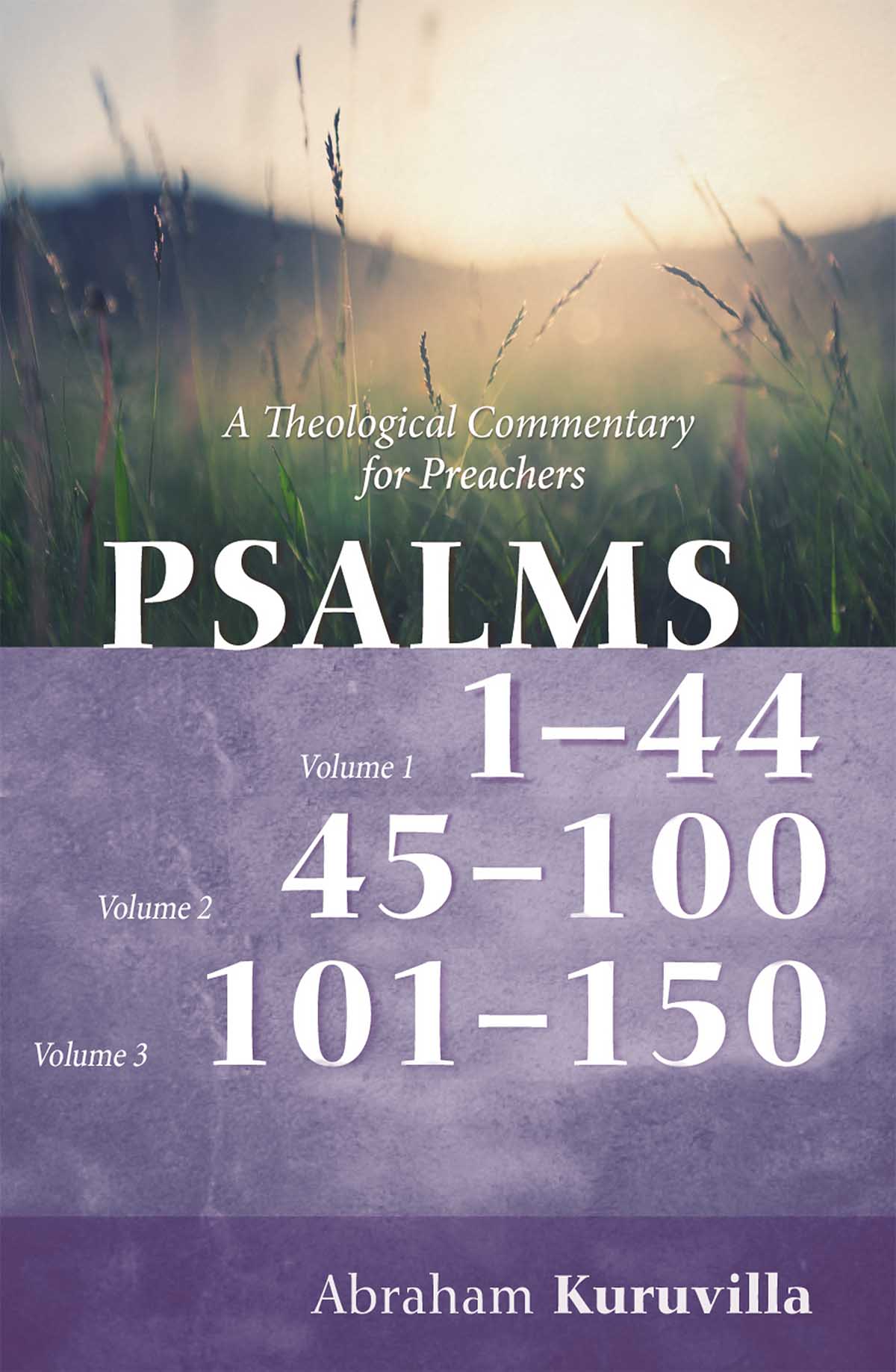
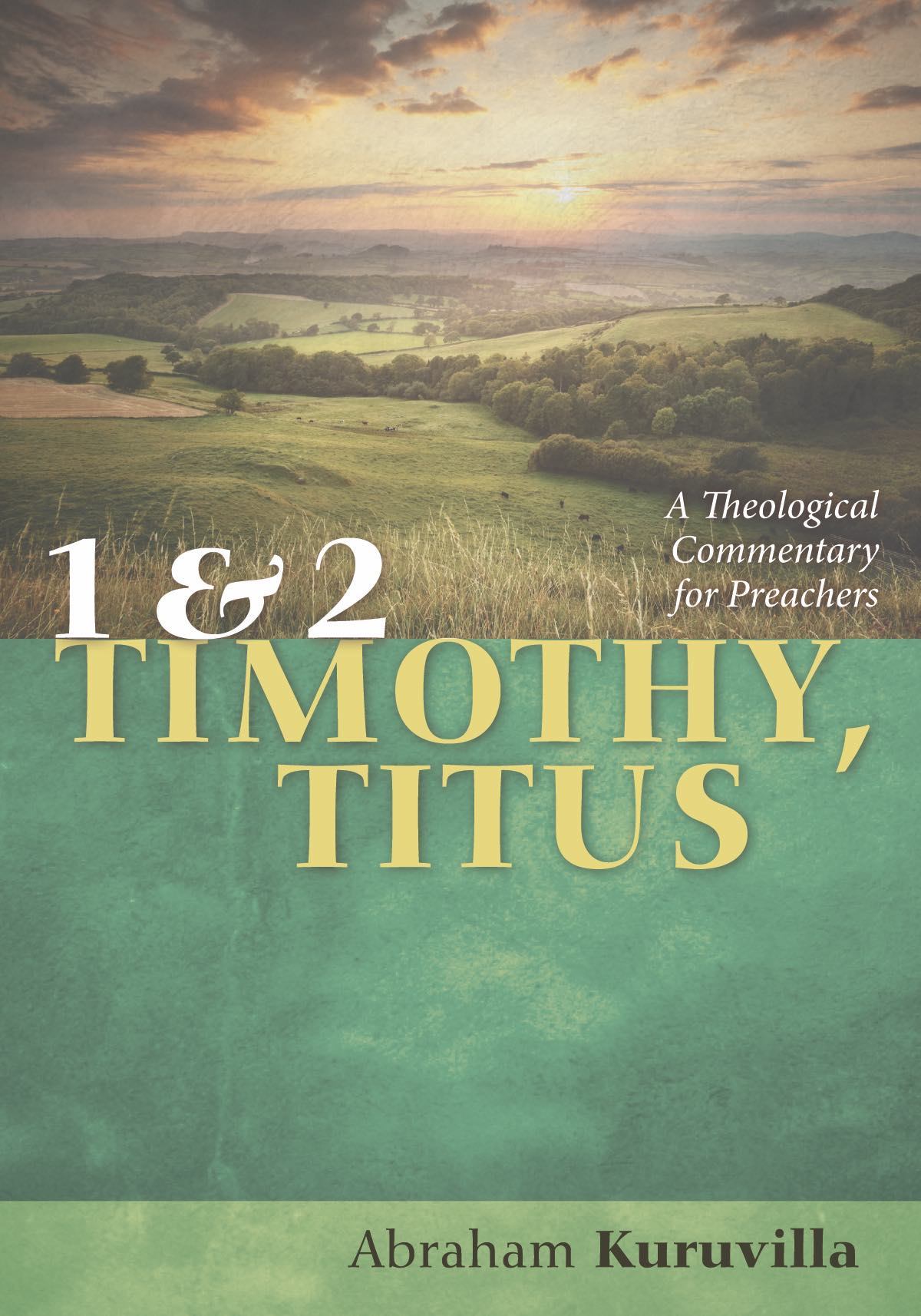
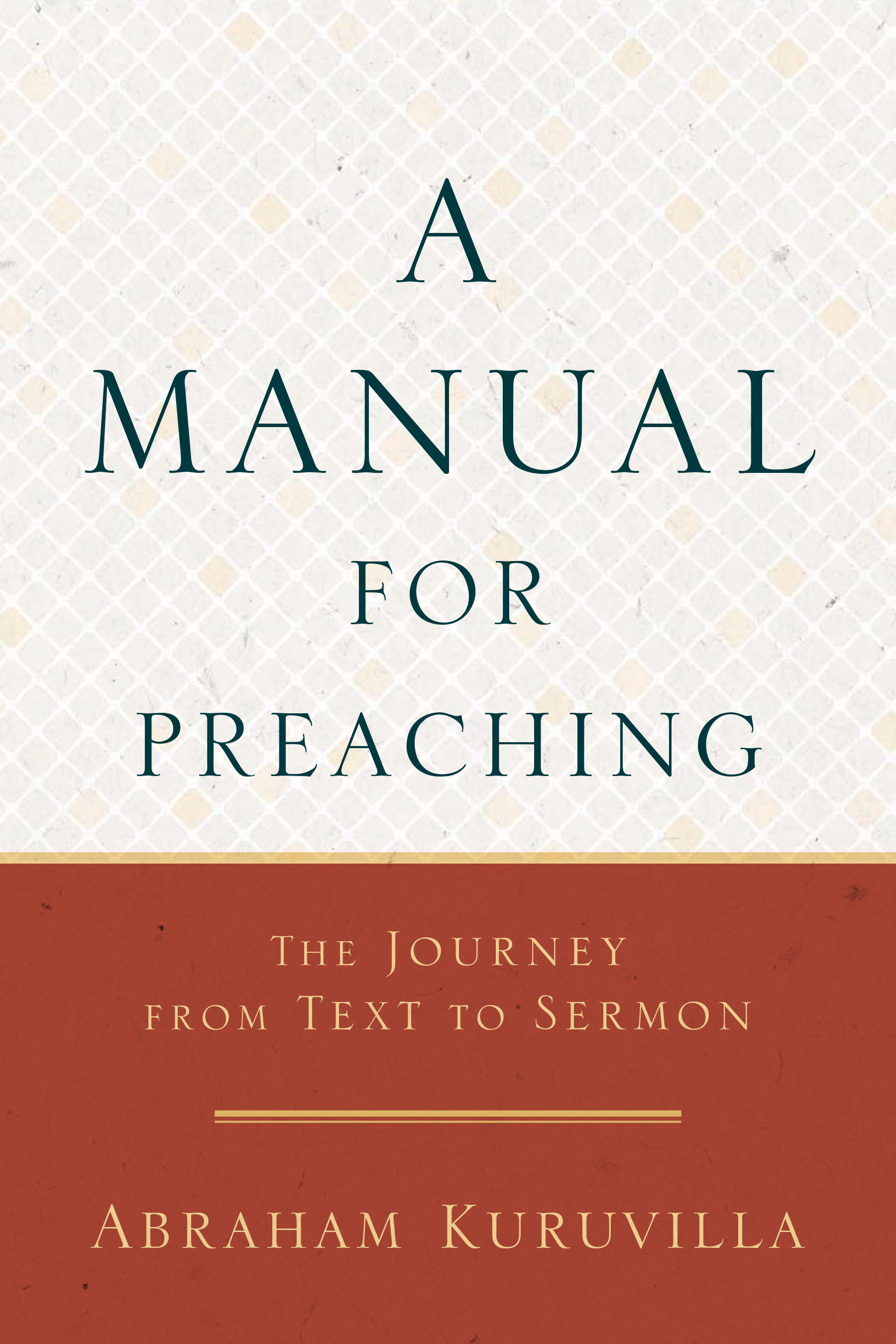

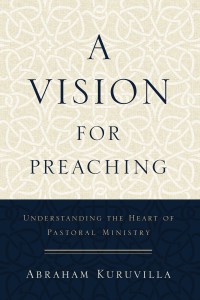





 Abe Kuruvilla is the Carl E. Bates Professor of Christian Preaching at The Southern Baptist Theological Seminary (Louisville, KY), and a dermatologist in private practice. His passion is to explore, explain, and exemplify preaching.
Abe Kuruvilla is the Carl E. Bates Professor of Christian Preaching at The Southern Baptist Theological Seminary (Louisville, KY), and a dermatologist in private practice. His passion is to explore, explain, and exemplify preaching.
1 Comment
Unusually and especially blessed, Pastor Johnson, by the detailed unfolding of your thoughts regarding your own process of preparation. You encourage me to embrace God’s own design for my own unique approach to the text and perseverance through the process. Blessings!